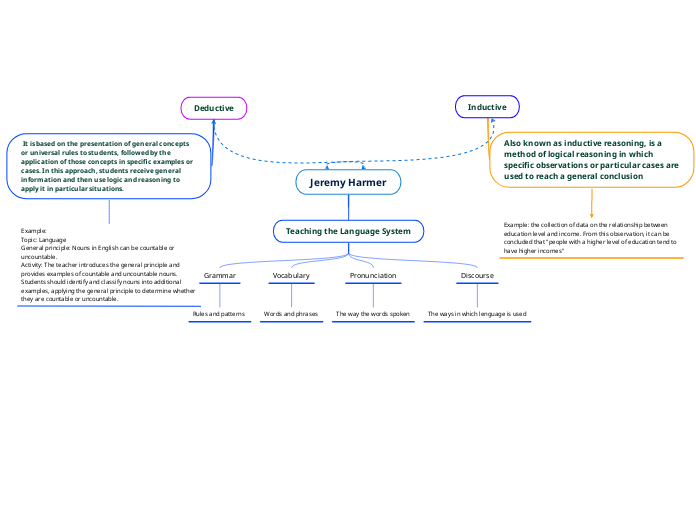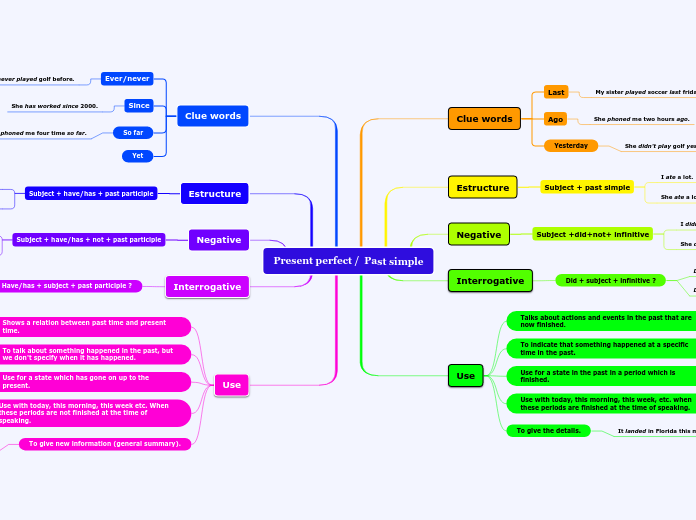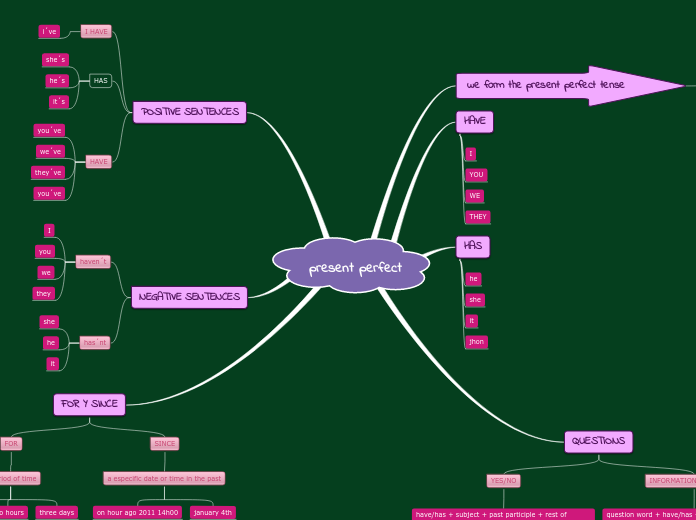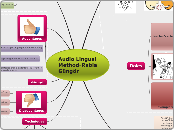door Benjamin Gajardo 1 jaar geleden
129
Jeremy Harmer
There are different approaches to teaching language systems, each focusing on various aspects such as grammar, pronunciation, discourse, and vocabulary. Grammar involves understanding the rules and patterns of language, whereas pronunciation deals with the way words are spoken.









